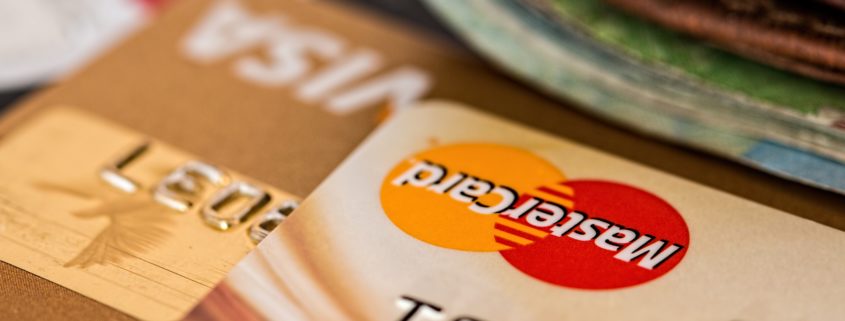IDENTITY THEFT, SCAMS, AND SCHEMES, OH MY!
Crooks have gotten smarter in recent years. They’re attacking you through your emails, your bank accounts, your computer, laptops and other electronic devices. They’re constantly coming up with new and clever ways to steal your identity and your money. The list of identity hacks goes on and on. Both large and small businesses, government agencies at all levels of government, and consumers from all walks of life have experienced a data breach of their personal data. The term “breach” is defined as: The release of secure information to an untrusted environment. Breaches of personal information can occur intentionally or unintentionally. An intentional breach would be considered a “scam.” Merriam Webster defines a scam as: a fraudulent or deceptive act or operation. Let’s look at a couple of major data breaches.
On September 7, 2017 Equifax (NYSE: EFX), announced that it suffered a data breach, a very big data breach. Equifax is one of the three credit bureaus. This incident potentially impacted approximately 143 million U.S. consumers. The information accessed primarily included names, Social Security numbers, birth dates, addresses and in some instances, driver’s license numbers. In addition, credit card numbers for approximately 209,000 U.S. consumers, and certain documents with personal identifying information for approximately 182,000 U.S. consumers were accessed. Equifax also identified unauthorized access to limited personal information to certain UK and Canadian residents. CEO Smith said, “ I’ve told our entire team that our goal can’t be simply to fix the problem and move on. Confronting cybersecurity risks is a daily fight. (Emphasis is mine.) …, we recognize we must do more, and we will.” “The crown jewels of personal information were exposed and potentially stolen,” said John Ulzheimer, an independent credit consultant who previously worked at Equifax.
“Equifax’s security lapse could be the largest theft involving Social Security numbers, one of the most common methods used to confirm a person’s identity in the U.S. It eclipses a 2015 hack at health insurer Anthem, Inc. that involved the Social security numbers of about 80 million people.” (Equifax Breach: by Ken Sweet, AP Business Writer)
This isn’t the biggest breach in history. That indignity still belongs to Yahoo, which was targeted in at least two separate digital burglaries that affected more than 1 billion of its users’ accounts throughout the world. But no Social security numbers or driver’s license information was disclosed in the Yahoo break-in.
And then there was the Well Fargo case. Millions of consumers were adversely affected by the Wells Fargo fraudulent account scandal. Bank employees used personal information tied to existing customer’s accounts to open new ones without their consent.
IT IS NOT A MATTER OF IF BUT WHEN YOU WILL BECOME A VICTIM OF IDENTITY THEFT. Nothing on the internet is private. Once you digitally enter any information through the social media about yourself, your family, friends and others, it is available for the world to see… forever. Visualize this: It’s like posting your personal information including photos on a large billboard at the end of every block all over the world.
In future articles, I plan to cover topics including: Digital, Phone, Mail and In Person Scams, Being Proactive – What You Can Control, Warning Signs, Credit Monitoring, Police Report, Federal Laws, Contacting Creditors and Government Agencies, and Identity Restoration. The articles that I publish are for information only and is not to be considered legal advice. My hope is that this information will be helpful in protecting yourself, your family and business from identity theft.


Leave a Reply
Want to join the discussion?Feel free to contribute!